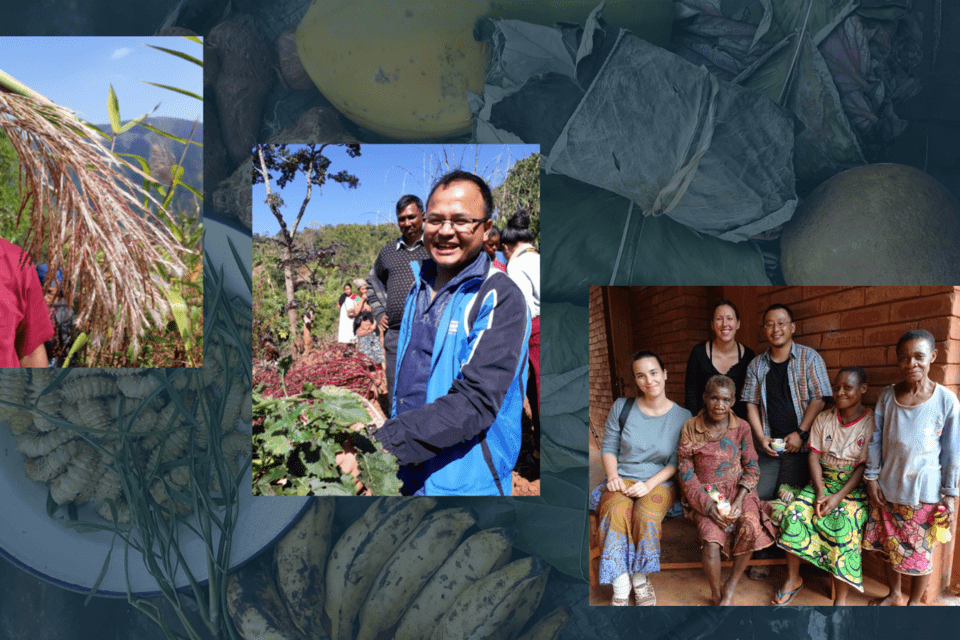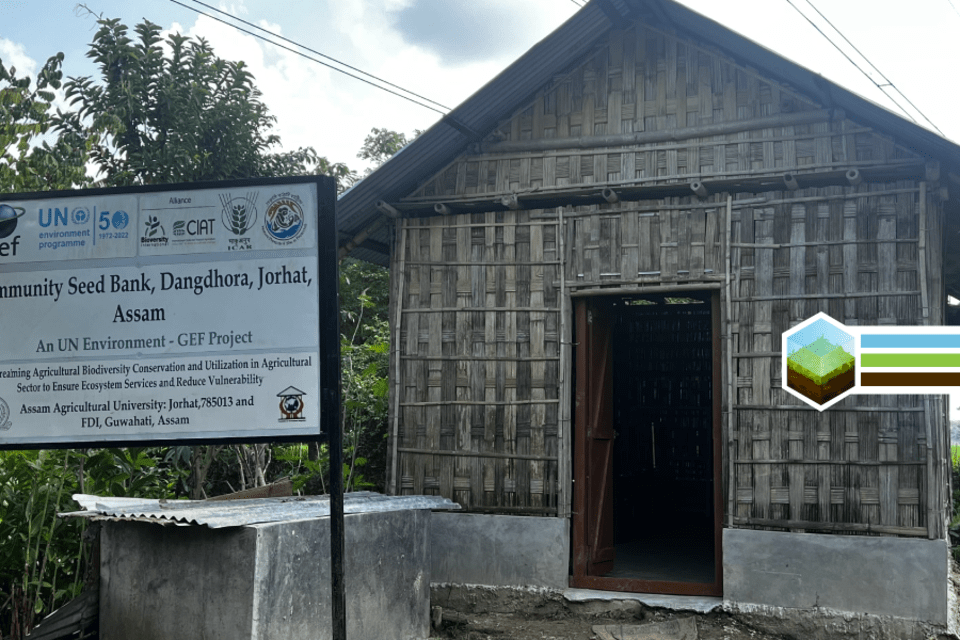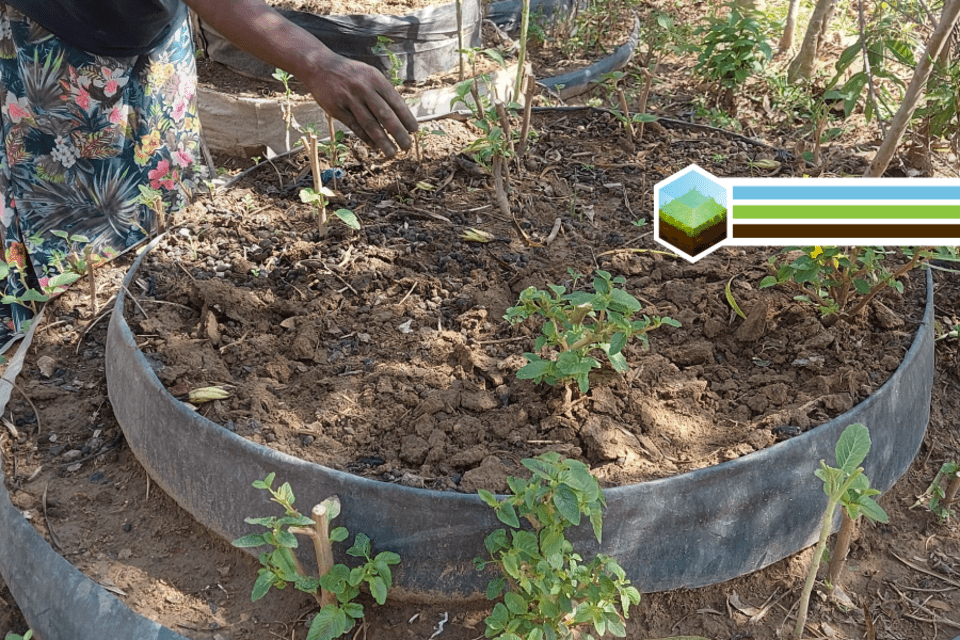Blog Putting Food Sovereignty at the Center of Agricultural Research
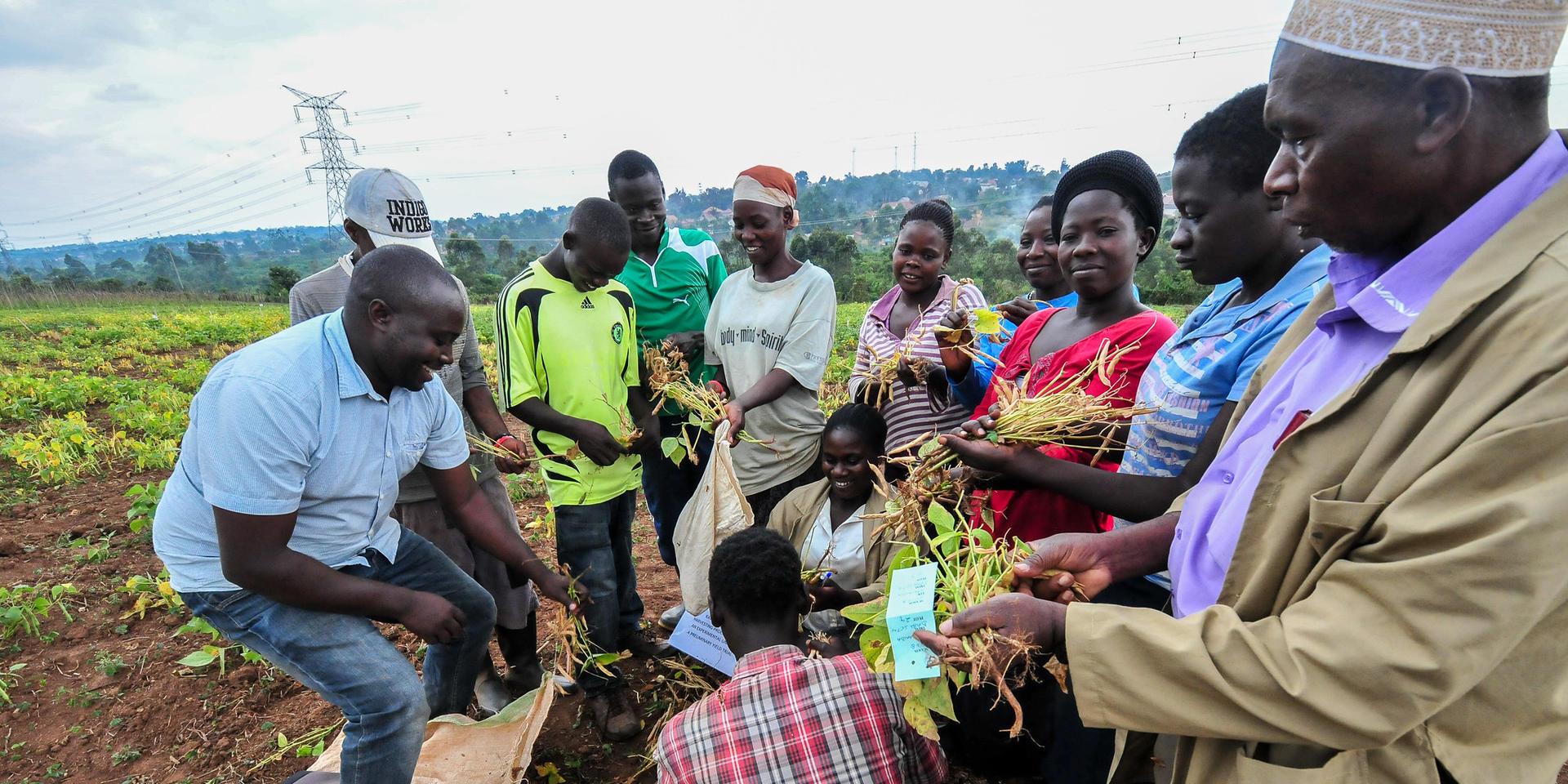
The principles of food sovereignty may be the key to integrating social, environmental and cultural progress into food systems transformation, for the benefit of all.
“Food is becoming a powerful symbol of social change: a transdisciplinary arena where science, economy, society, technology and politics influence one another.” – Francesca Grazioli, Alliance Researcher on biodiversity for food and agriculture
Demands for food systems transformation and greater social justice are increasing at all levels, ranging from popular protests to international negotiations. Policies are emerging; however, have we considered to what extent social and environmental challenges are interconnected, and whether integrating our efforts to build more sustainable food systems and fairer social structures could increase our impact? Integration may accelerate success, but to do so, we need a new framework. ‘Food sovereignty’ – a concept that has existed in food systems dialogue for almost four decades – may support the development of new strategies. To understand the potential of food sovereignty for transformative change, explore how its principles are integrated into the Alliance’s agricultural research for development.

Principles of Food Sovereignty
The concept of food sovereignty was developed by ‘La Via Campesina’ – an international farmers’ organization founded in 1993. The organization first outlined their vision during the Food and Agricultura Organization of the United Nations (FAO)’s 1996 World Food Summit, and its principles continue to inspire advocates for alternative food systems to this day, promoting a transition from globalized food systems and mass production towards localized farming that reduces emissions and increase socio-economic prosperity through short value chains. Following decades of climate change negotiations and a recent commitment by 159 countries to integrate agriculture into their climate change action commitments (Emirates Declaration, December 2023), perhaps the moment has come for food sovereignty to finally be upscaled, supporting the identification of where agricultural, environmental and social challenges overlap, and inspiring the development of policies that address these simultaneously.
So, how does La Via Campesina define its framework?
“Food sovereignty is the right of peoples to healthy and culturally appropriate food produced through ecologically sound and sustainable methods, and their right to define their own food and agriculture systems. It puts the aspirations and needs of those who produce, distribute and consume food at the heart of food systems and policies rather than the demands of markets and corporations.”

Diverse seeds at the farmer run seed bank at Vihiga set up together with partners. Credit: Alliance Bioversity International - CIAT/Georgina Smith
Food sovereignty has six main pillars:
-
Prioritizing local agricultural production, focusing on farmers’ access to land, water, seeds, and credit. This principle highlights the need for land rights reforms, open access to seeds, and protecting water and natural resources as public goods.
-
The rights of farmers to produce and the right of consumers to choose their preferred foods, considering how and by whom it is produced. This brings to light the importance of respecting cultural preferences and enabling societies to maintain traditions.
-
The right of countries to protect themselves from low priced agricultural imports, supporting domestic production.
-
Fair prices that reflect production costs. To ensure appropriate prices, Via Campesina encourages countries and unions to tax imports to support local sustainable production.
-
Public involvement in agricultural policy development: This highlights the important role of farmers’ unions to make producers’ voices heard. Lastly,
-
The protection of women farmers’ rights, recognizing that they play a major role in agricultural production and food systems.
Food Sovereignty in the Alliance
The Alliance’s mission – as stated in its ‘Strategy 2020-2025’ – is to “deliver research-based solutions that harness agricultural biodiversity and sustainably transform food systems to improve people’s lives". This reference to human well-being and healthy ecosystems shows how the Alliance’s work goes beyond a narrow focus on increasing yields, considering the well-being of the actors involved. By considering the social, cultural and environmental aspects of food security, the Alliance’s projects naturally integrate various pillars of food sovereignty. According to Grazioli (referenced above):
“Food sovereignty is the invisible web that brings together our work at the Alliance. The continuous exchange with farmers across the world or even with students waiting for school meals has shown how multiple global challenges can become joint global hopes. At the Alliance, we constantly question and balance power asymmetries in the food system, moving across people, places and platforms.”
Below, we explore examples that illustrate the Alliance’s alignment with food sovereignty, including its focus on gender and social equality in food systems, access to resources, and the preservation of agricultural heritage and traditional knowledge.

A Farmers’ Field Day showcasing quinoa diversity in Huataquita, Puno, Peru. Credit: Alliance Bioversity International - CIAT/Adam Drucker
Gender Equality in Food Systems
Closing the gender gap in agriculture could increase global GDP by 1% (nearly $1 trillion USD), reduce global food insecurity by about 2%, thus improving the lives of approximately 45 million people. The Alliance’s gender researchers highlight that “Often, women with a strong lineage to their homelands hold unique knowledge about local agricultural practices. Yet, despite their essential contributions to food systems, women tend to have less decision-making authority than men, earning lower wages and resources”. Recognizing that women’s contribution to farming is often invisible, and that they often have less access to formal markets and resources, the Alliance carries out several projects to address these inequalities, as well as holding training sessions for non-gender researchers to integrate these considerations into all the Alliance’s activities.
One example of integrating gender equality and agricultural development is GenderUp - a digital tool and capacity-building method that supports inclusive upscaling of innovations in food, land and water systems by enabling teams to explore the diversity of potential users and understand their unique situations and interests. Facilitated by gender researchers, the web-based tool takes project developers on a journey to identify the potential unexpected impacts of their work – both positive and negative – allowing them to revise and finalize their strategy to ensure that their projects achieve their original objectives – whether this be increased productivity, more resilient seeds, etc. - whilst contributing to the improvement of gender equality in food systems in the process.
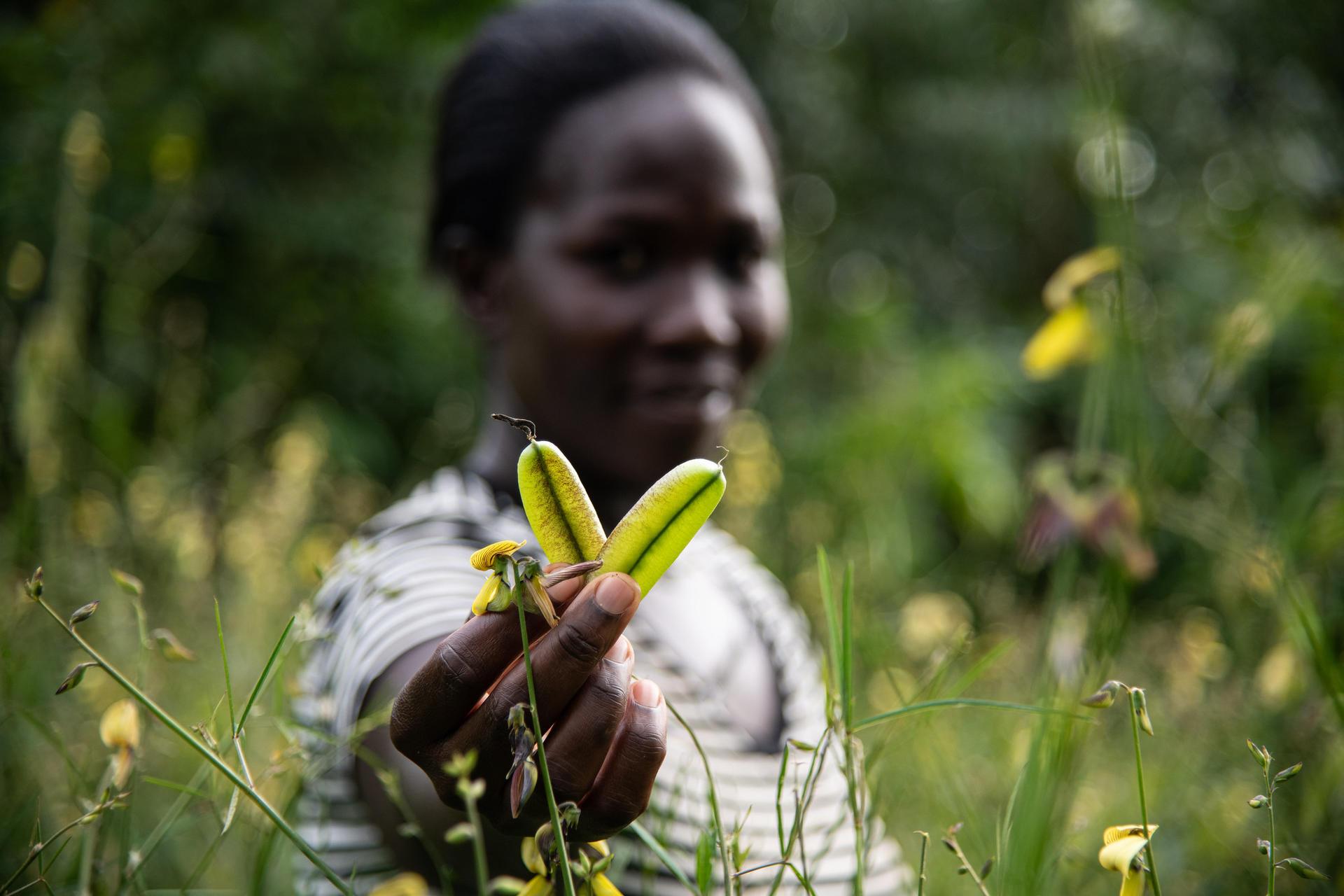
Diverse seeds show by Pauline Odera, a farmer who also runs the seedbank at Vihiga, Kenya. Credit: Alliance Bioversity International - CIAT/Georgina Smith
Preservation of Agricultural Heritage
The preservation of seeds – the basis of preserving agricultural heritage and promoting agrobiodiversity – is a cornerstone of the Alliance’s work. This is done both through high-tech research facilities (our Future Seeds gene bank in Colombia with an array of varieties of key crops, and our collection of more than 17,000 banana and plantain varieties at the International Musa Germplasm Transit Centre in Belgium), and, importantly, through our establishment of community seed banks across the world, addressing the first principle of food sovereignty: ensuring rural producers’ access to the necessary resources for profitable production of their choice. As quoted in a review of the Alliance’s work: “case studies from across the world demonstrate that community seed banks can be an effective platform for achieving farmers’ rights”. Alliance researchers have facilitated the development of numerous community-led seed banks globally, sharing reflections on upscaling this work in a book titled ‘Community seed banks: origins, evolution and prospects’. Multiple projects have focused on their establishment and upscaling in rural areas across the world.
As well as through the preservation of local and underutilized crop varieties in seed banks, the Alliance’s work to safeguard traditional agricultural practices extends to its interest in the integration of rural communities’ traditional knowledge into its research projects. A case study on climate adaptation in the Sahel by Alliance researchers emphasizes: “farmers’ understanding of changes in their environment combined with their indigenous knowledge can be particularly useful in data-sparse regions, enabling effective adaptation.” As well as using this knowledge to fill data gaps, the Alliance’s contribution to the ‘Indigenous Partnership for Agrobiodiversity and Food Sovereignty’ illustrates its understanding of the socio-cultural benefits of integrating traditional knowledge into evolving food systems, both to enrich modernized food systems and to preserve local ecosystems.
Food Sovereignty for Global Food Security
It is time for governments, lobby groups and policymakers to reconsider their isolated strategies for agricultural productivity, social cohesion and environmental protection, and question the benefits and practicalities of these integrated approaches.
The integration of social and cultural interests in the Alliance’s research exemplifies the feasibility of these approaches. Grazioli says that this approach is not simply an idealist vision, but a necessity if we are to achieve our mission to reach food security:
“We have adapted to this evident power of food systems, and I admit that it is not always simple. Our work requires us to become listeners, enablers, practitioners, scientists or just good friends, but I believe that there is no other way to move forward. To do so, we must include food sovereignty as the main ingredient of our daily work, not just for us, but for all the communities we serve.”
Meet Francesca


